Despite experiencing many ups and downs of history and society, hat nha to - hat and dance of Van Ninh communal house, Mong Cai city still maintains and develops in the flow of history and culture, thereby contributing to preserving and conserving national intangible cultural heritage for future generations.
The successor of the silk house song
Artist Le Thi Loc in Nam village, Van Ninh commune, Mong Cai city is a familiar name known to many people in the area, because she has devoted almost her entire life to the art of singing and dancing at the communal house - a cultural feature that has been deeply ingrained in the spiritual life of the people here.
Born and raised in Quang Yen, at the age of 18, Ms. Loc got married and followed her husband to Van Ninh to live. Since moving to this land, she had the opportunity to watch the silk operas - singing and dancing at communal houses and pagodas, and over time, the love and passion for art became ingrained in her blood. For Ms. Loc, silk operas - singing and dancing at communal houses was a lucky opportunity that came to her.
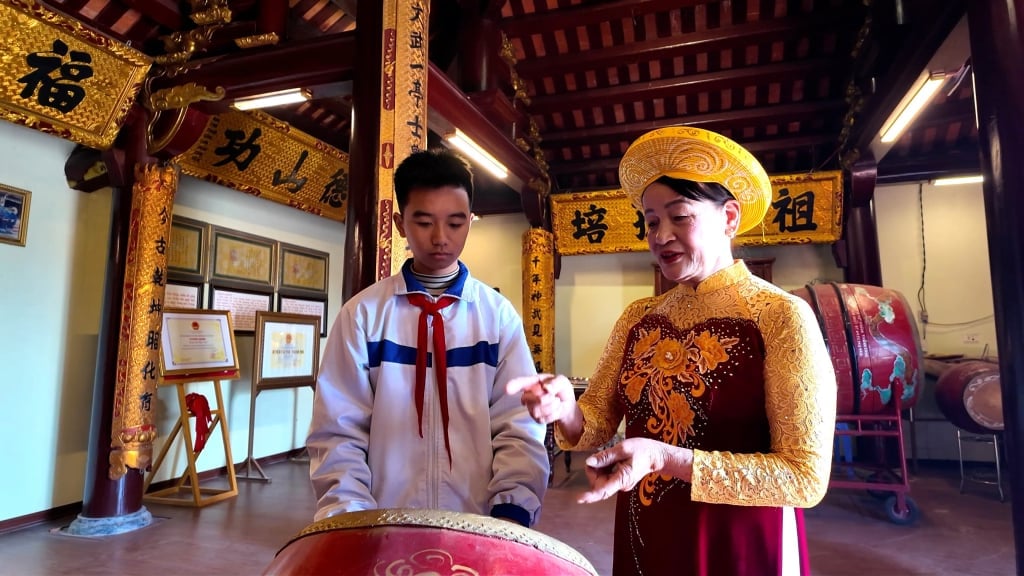
Hat nha to - hat, dance cuoi dinh originated from ca tru Vietnam. Also with the singers, drums, clappers and lutes, these two forms have many differences, bringing their own artistic characteristics. If in ca tru, the person holding the clappers is the leader of the singing, in hat nha to - hat, dance cuoi dinh, the singer is the main performer, the drums only accompany the singer. Another clear difference is that hat nha to - hat, dance cuoi dinh includes dancing to offer incense, flowers, and candles to the gods and the dance space only takes place at village communal houses during the spring festival. Each singer usually has 5 people, including a singer playing the lute, an official playing the drums and 3 female singers taking turns singing.
Going back in history, hat nha to - hat, dance cuoi dinh was born around the 13th century, during the Ly dynasty. The space of existence of this type of folk performance stretched along the villages from Van Don district to coastal residential areas such as Dam Ha, Hai Ha, Mong Cai. The flexibility of the dances combined with the role of the big drum, the senh combined with the small drum and clappers created a jubilant atmosphere of the festival. Also because of the dance, the performance space of hat nha to - hat, dance cuoi dinh is more open than ca tru. Ca tru is sung on mats, beds, while hat nha to is the whole communal yard, the whole festival space.
This is a type of art performed before gods and national heroes, so performing Nha To singing - singing and dancing at the communal house requires a high level of discipline. When practicing singing, the female singers need to meet the standard of "singing well", combining smoothly with the musical instruments in perfect harmony. A singing session takes place in order of songs. The next person continues to sing the songs in order. The female singers take turns singing until dawn, then the session ends.
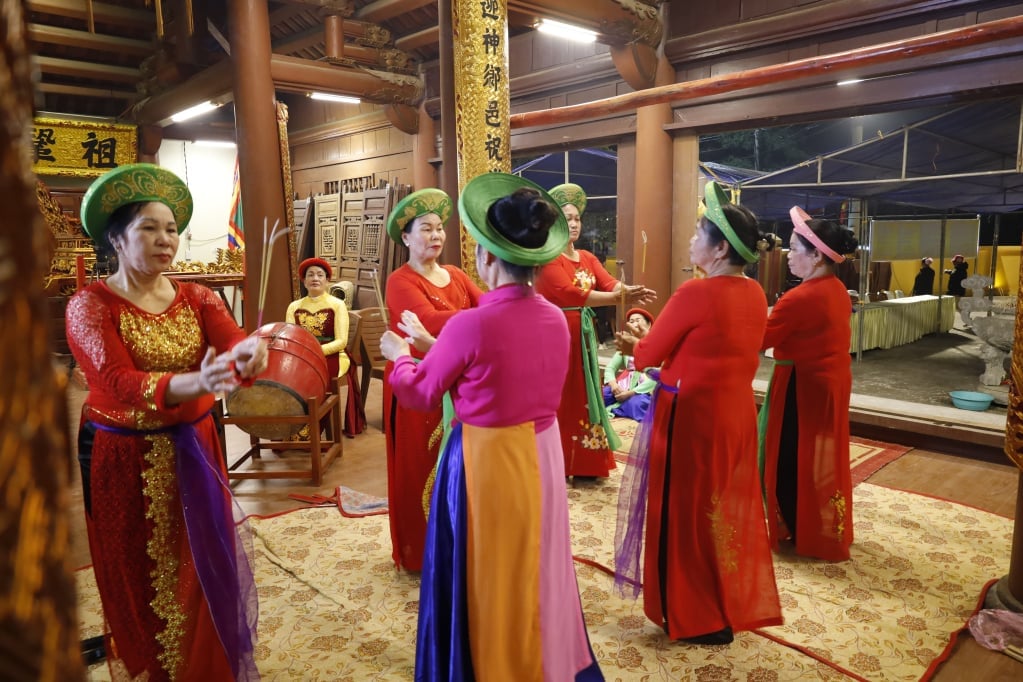
The songs of blessing the gods, like greetings and warnings from the singers to the gods, will begin the performance. After that, the singers can freely express their knowledge through songs advising the loyalty of subjects to the king, teaching about morality, loyalty, advising children about filial piety, about village love; fishermen working at sea will catch fish and shrimp, farmers will have good crops... Through the melodies, lyrics, and singing, the listeners will have a comprehensive view of the social and cultural picture of the coastal people, of the ancient borderland, such as "Who brought me to this place/ On the other side of Tra Co, on this side of Van Ninh" or "Here, we enjoy the fairy mountains/ Catching crabs and snails to earn money to support each other"...
However, there is a clear difference between hat nha to and hat and dance at the communal house. Hat nha to has a love-making nature while hat and dance at the communal house have a strong religious nature. Hat nha to is a regular activity among the people, by the people, of the working people; while hat and dance at the communal house are mainly to serve the village festival. Hat and dance at the communal house are associated with the communal house, to praise those who have contributed to the country and the village: "Thoanh thang de... happy, happy...".
Since 2015, the Ministry of Culture, Sports and Tourism has decided to recognize the hat nha to - hat and dance of the communal house of Quang Ninh as a national intangible cultural heritage. Also in this year, Ms. Loc was awarded the title of Folk Artist for her outstanding achievements in preserving and developing the art of hat nha to - hat and dance of the communal house.
Preserving traditional culture
According to artist Le Thi Loc, most of the house songs - singing and dancing at the communal house include many voices such as thet nhac, tha, phu, ca tru, ham and nhi, along with simple and graceful dances such as offering incense, offering flowers and offering candles to the gods such as the incense offering dance with 2 songs, the dance to welcome the god to the village temple (welcoming the god), the incense offering dance first followed by the flower offering dance to celebrate the god, the lantern dance to send the god off, the whole dance group sings. House songs - singing and dancing at the communal house are mainly passed down orally so many songs and lyrics have been lost.
In addition to taking the trouble to collect ancient melodies at the Institute of Cultural Research, cultural centers of communes and provinces..., artisan Le Thi Loc also teaches this art to many people in the commune. Since 2011, artisan Le Thi Loc has established the Nha To - Hat and Cua Dinh singing and dancing club in Van Ninh commune with 42 members. Every month, the club organizes meetings, exchanges, knowledge sharing and practices Nha To - Hat and Cua Dinh dancing and singing... to satisfy the passion of members for the folk music genre of the nation and to strengthen the solidarity of members.
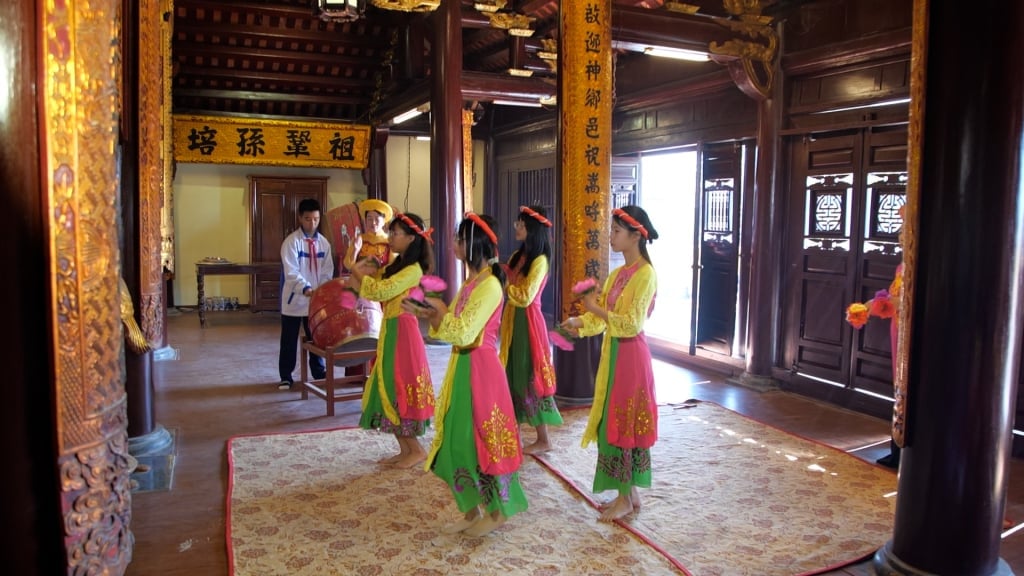
According to Ms. Loc, the style of singing at the house - singing and dancing at the communal house has not changed over time, but still retains the same rules and the way of singing and enunciating words as taught by the elders. Currently, this type of community folk cultural activity is still maintained and passed down by the elderly in the Van Ninh area; members of the Van Ninh club of singing at the house - singing and dancing at the communal house are actively teaching this style of singing to the younger generation.
Teaching the traditional singing and dancing of communal houses has also been included in extracurricular activities at schools in the city. Thereby, contributing to improving the effectiveness of preserving and promoting the value of traditional folk arts in the younger generation. According to Mrs. Bui Thi Xung in Nam village, Van Ninh commune, every festival day of the communal house, the sisters in the club sing to the gods and teach the younger generations to preserve and continue this heritage for future generations.
The heritage of Hat nha to - hat and dance at the communal house has existed for thousands of years, closely associated with the formation and development of residents of coastal villages and islands in Quang Ninh. Along with the Van Ninh Communal House Festival which has been recognized as a national intangible cultural heritage, Hat nha to - hat cua dinh has become an indispensable traditional cultural and religious activity in the spiritual and cultural life of the people of Van Ninh in particular and Mong Cai in general.
Currently, the custom of singing at the house - singing and dancing at the communal house gate is an indispensable ritual and traditional cultural beauty in the Van Ninh communal house festival and on festivals or cultural events. The locality is promoting the preservation, retention and promotion of its value to affirm the sovereignty of the territory and national borders; enriching the cultural heritage treasure of Quang Ninh province, thereby contributing to promoting socio-economic development.

Having gone through many historical ups and downs, up to now, at the communal houses in Van Ninh (Mong Cai) or in the districts of Dam Ha, Van Don, Quang Yen town, hat nha to - hat, and dance of the communal house are still maintained and developed. Coming to communal house festivals, people not only get to listen to hat nha to, watch dance of the communal house but also get to enjoy and resonate with traditional folk games created and preserved by the people themselves; get rid of all the worries and hardships in daily life and then embark on new working days with many good things promised ahead. The hidden passion for each lyric and melody of hat nha to - hat, and dance of the communal house has been and is gradually permeating the flesh, nurturing the next generation of this intangible cultural heritage of Quang Ninh.
Source



![[Photo] Prime Minister Pham Minh Chinh chairs the 15th meeting of the Central Emulation and Reward Council](/_next/image?url=https%3A%2F%2Fvphoto.vietnam.vn%2Fthumb%2F1200x675%2Fvietnam%2Fresource%2FIMAGE%2F2025%2F11%2F27%2F1764245150205_dsc-1922-jpg.webp&w=3840&q=75)
![[Photo] President Luong Cuong attends the 50th Anniversary of Laos National Day](/_next/image?url=https%3A%2F%2Fvphoto.vietnam.vn%2Fthumb%2F1200x675%2Fvietnam%2Fresource%2FIMAGE%2F2025%2F11%2F27%2F1764225638930_ndo_br_1-jpg.webp&w=3840&q=75)



































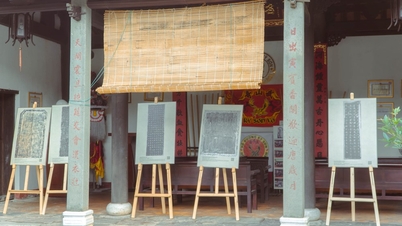
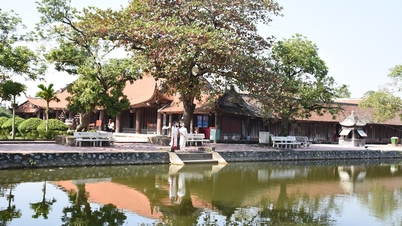
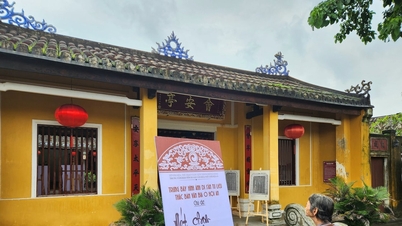




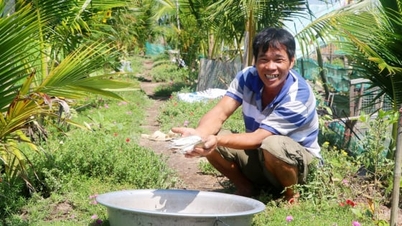

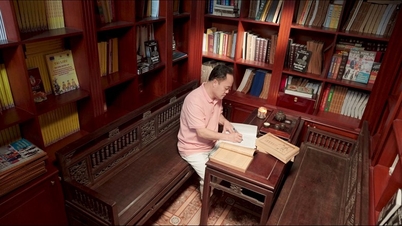
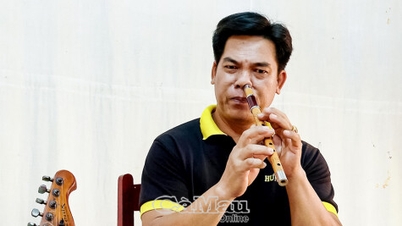











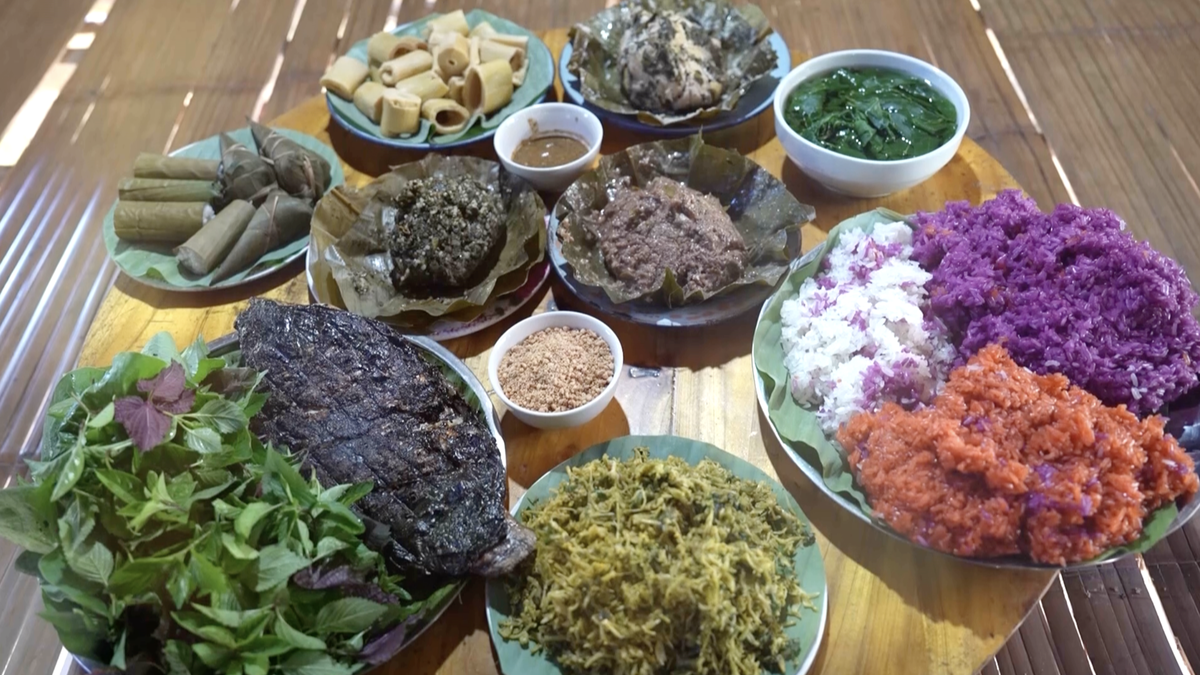








































Comment (0)